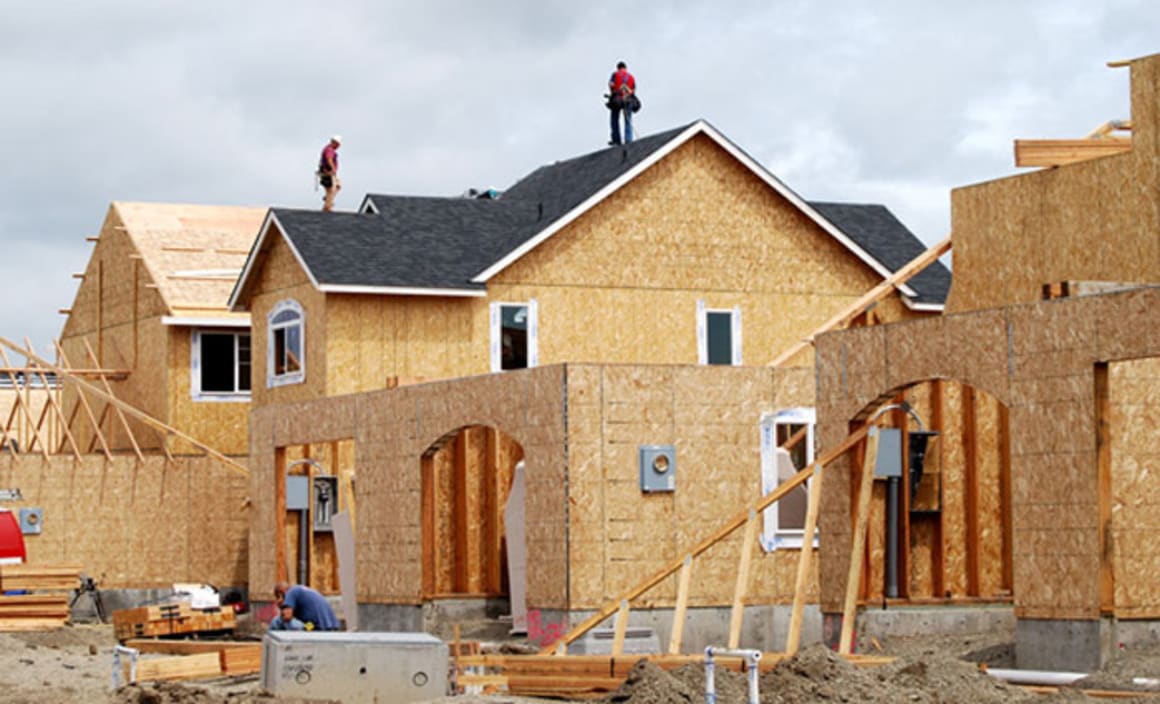The development lobby is still crying shortage: Terry Ryder

For the past three years, dwelling construction nationwide has been rising at an unprecedented rate.
New home construction was up 11% in FY2013, up a further 12% in FY2014 and is on track for another 8% rise in the current financial year.
The Housing Industry Association expects almost 200,000 new homes to be built this financial year or be under construction by June. This is a national record.
Across the nation, residential building approvals have risen 12% in the past 12 months, including a 19% rise in Victoria, a 14% rise in Western Australia and a 34% rise in Tasmania.
We’re at the point where we’re building too many new homes in some locations – and in particular far too many inner city apartments.
But, rather incredibly, the developer lobby is still crying shortage.
Last week the Daily Telegraph, never one to let the facts get in the way of a cheap headline, claimed Sydney is facing “a housing crisis with a staggering 190,000 shortfall in homes needed to house the growing population”.
The newspaper claimed it had obtained “an exclusive report” which revealed the breathtaking news that “Sydney councils have failed to approve new dwellings fast enough to meet demand, and were now partly responsible for the sharp rise in home prices in Sydney”.
Where did this priceless document come from? Yes, you guessed it, it was another press release from the developer lobby, represented in this case by the Property Council of Australia, singing its usual mantra.
In case you’ve forgotten how the manta goes, here it is: We have a chronic housing shortage crisis, despite all the contradictory evidence. And there’s only one way to fix it: give us our wish list and we can make the crisis go away. It’s purely coincidence that all the measures we’re recommending are highly advantageous to developers and builders. No, really, we’re serious.
Here’s the Sydney newspaper’s take on these stunning “research” findings: “More alarming was the finding that over the next decade, families would struggle to find anywhere to live, with an estimated shortfall of almost 20,000 homes a year being approved at current rates.”
So the “staggering” shortfall isn’t a fact, but a forecast concocted by people with a vested interest in having the claims believed.
“Sydney councils need to turbocharge housing supply because right now home buyers and our economy are paying the price,” NSW Property Council executive director Glenn Byres said, if you can believe the Daily Telegraph.
But the Newcastle Herald stretched the truth even further with the ludicrous claim that the Hunter region had a serious shortage of housing.
This region’s property market has been in rapid reverse for the past two years for the opposite reason: an alarming oversupply.
So how did the Newcastle Herald come to this stunning conclusion in the face of all the evidence? It was, once again, the Property Council, which has obviously been pumping out press releases all over the country as part of its relentless, remorseless and baseless campaign to pressure governments into concessions.
The newspaper wrote: “The supply of new housing in the Lower Hunter has fallen short of government targets by more than 23,000 homes in the past decade, with the deficit set to worsen to nearly 30,000 by 2024, a report done for the Property Council says.”
It would be hilarious were it not so serious. The reality is that developers, seeking to exploit the coal mining boom, flooded the Hunter region with far too many new homes – and, with that unerring ability of developers to get their timing wrong, this coincided with a collapse of resources-related demand.
In Singleton, residential vacancies rose from around 1% in early 2012 to about 8% in mid-2013, and remain high at close to 6%. Prices have dropped 15% and it takes six months on average to sell a house in Singleton.
In Muswellbrook, vacancies went as high as 15% and are currently close to 10%. It takes six months on average to sell a house, but only if you’re willing to knock 12% or so off your asking price. Prices are down 7% in the past year.
Cessnock got off relatively lightly, with vacancies going only as high as 6%, but in Greta they were close to 10% and remain above 5%. According to Domain, the average time on market to sell a Greta house is about eight months.
And in Branxton, vacancies hit 15% in 2013, were still 12% in mid-2014 and are currently 6%.
But, hey, don’t be fooled. There really is a shortage. The Property Council wouldn’t say it if it wasn’t true.
Indeed, it made the same sinister warning as the Sydney-based crowd. “Home buyers will pay the price if changes aren’t made to ensure the provision of more housing, the industry group has warned,” intoned the faithful Newcastle Herald, not one to rock the local boat by asking a tough question or two.
One possible question might have been: “Are you out of your freaking minds?”
The Newcastle Herald report, similar to the Daily Telegraph one, talked about the need to “turbo-charge” housing supply in the Hunter region. So clearly the Property Council has spewed forth the same basic press release everywhere, regardless of the local situation.
Hence the farcical outcome in Newcastle, with the local rag claiming that a grossly oversupplied market has a shortage.
TERRY RYDER is the founder of hotspotting.com.au. You can email him or follow him on Twitter.